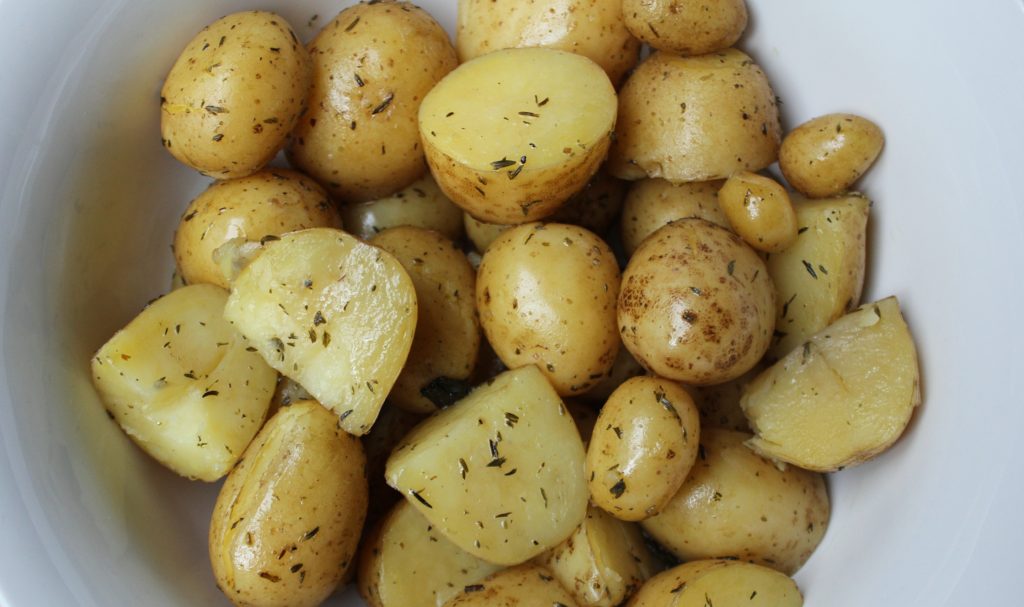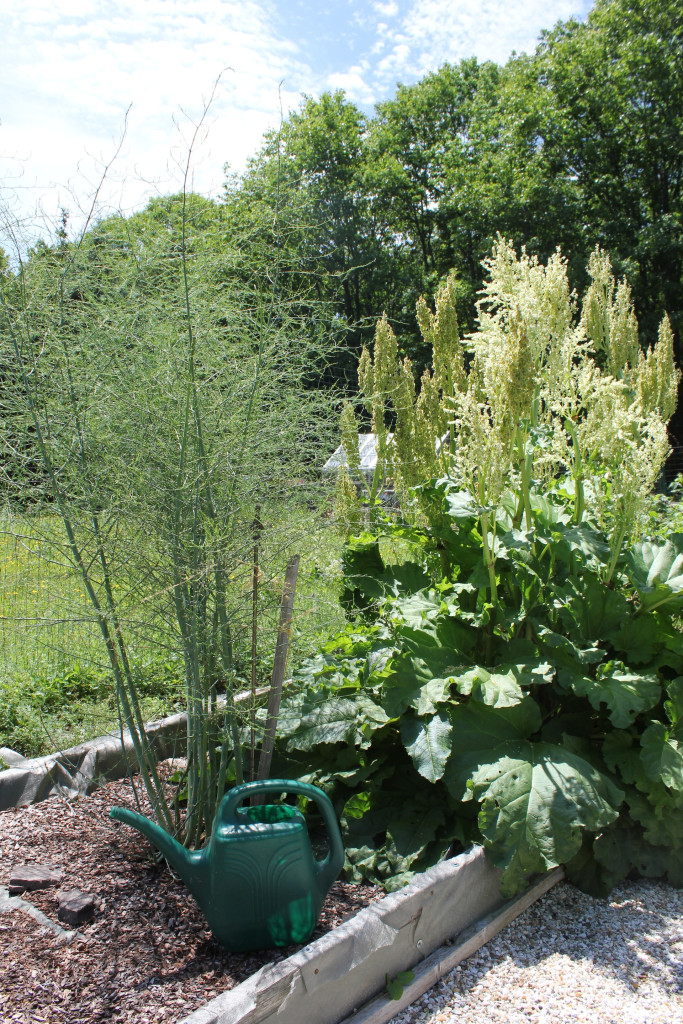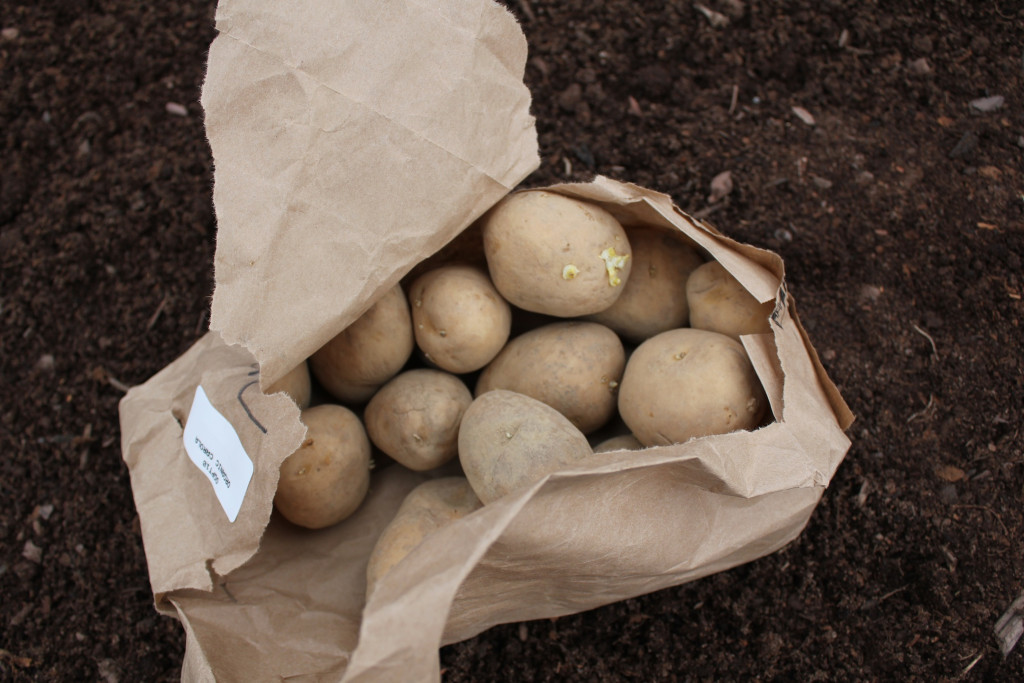One of the stars of the garden this year was the humble spud. To a British lass, there’s nothing more comforting than a roasted spud covered in butter, thyme and sage, evoking memories of lazy, English weekends. The erratic tones of English football commentary on the television was only interrupted by the occasional hissing and spitting of a Sunday roast in the oven, the smell of which saw us salivating slowly over the course or four of five hours. This year, we have more than we know what to do with, so will be trying to think up ways to cook this essential vegetable. As a much-maligned carbohydrate, the modern potato has a bad reputation and the term “couch potato” further conjures up negative connotations, but this vegetable is actually very nutritious. They have Vitamin B & C, thiamin, folate, phosphorus, potassium, magnesium and small amounts of iron, calcium, zinc and copper. Potatoes are the easiest vegetables to cultivate, especially if you don’t have a lot of room to spare.
Tag Archives: Spuds
Farm Report 06/13/15
The old asparagus plant that was planted three years ago is now over six feet tall as is the rhubarb. Only a few spears were cut in its second year and this year we harvested over twenty spears. The point of letting the asparagus go wild in its third year is to allow the long stalks and buds to transfer nutrients to the roots which will improve yield for forthcoming years.
Spuds
Back in England, I have a friend who has a spud bucket, a large metal rubbish bin filled with soil, into which she thrusts a needy hand and miraculously pulls out a spud or two for dinner. She keeps it in the backyard and, needless to say, does not need to buy spuds, ever. Potatoes need well-drained, loose soil, but lots of rain, so they are perfect for high elevations here in the Catskills. To have your own potato bucket simply:
1. Drill three or four holes in the bottom of a bucket, about half the size of a garbage pail;
2. Line the bottom of the bucket with a three-inch layer of rocks for drainage;
3. Add a six-inch layer of peat and compost on top of the rocks;
4. Throw in four seed potatoes;
5. Cover with a two-inch layer of peat/potting soil mix and pat down.


